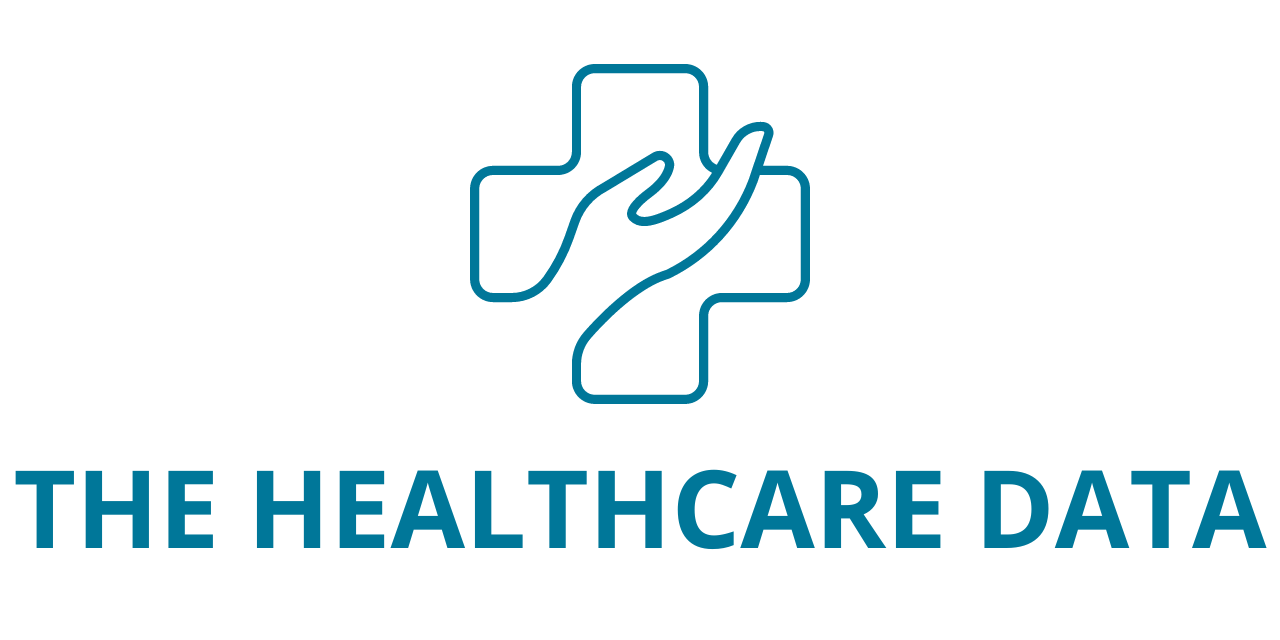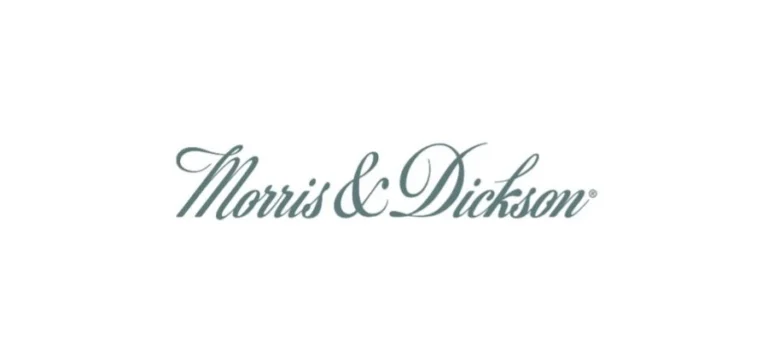Phare Bio, in collaboration with the Collins Lab at MIT and Harvard’s Wyss Institute, announced they have secured up to $27 million in funding from the Advanced Research Projects Agency for Health (ARPA-H), a division of the U.S. Department of Health and Human Services. This funding will support the enhancement of their AI-driven drug discovery platform to develop new classes of antibiotics. With the growing threat of antimicrobial resistance (AMR), there is a pressing need for innovative antibiotics that could potentially save millions of lives.
“The AMR crisis is accelerating, but this collaboration with ARPA-H opens a new avenue for progress,” said Akhila Kosaraju, M.D., CEO and President of Phare Bio. “With this funding, Phare Bio can enhance our generative AI discovery platform with unparalleled clinical precision, enabling the development of novel, targeted antibiotics that are critically needed by patients and physicians.”
Since its founding in 2020, Phare Bio has utilized AI to discover and develop novel antibiotics in partnership with Professor Jim Collins’ lab at MIT and Harvard’s Wyss Institute (“the Collins Lab”). Their recent advancements in generative AI-based antibiotic design represent a significant breakthrough, offering a new level of customization and precision in antibiotic discovery. The ARPA-H award marks a major step forward in scaling Phare Bio’s antibiotic pipeline and expanding the broader capabilities of AI-based drug discovery.
“This funding allows us to take this critical work a step further toward creating a bespoke, active-learning AI platform,” said Jim Collins, Ph.D., Co-Founder of Phare Bio and Chair of its Scientific Advisory Board. “Such a tailored AI platform, specifically designed to address clinical needs, is unprecedented in drug discovery, especially in the field of antibiotics.”
The ARPA-H funding will enable Phare Bio and the Collins Lab to:
- Generate millions of new data points across key drug development parameters, such as toxicology and drug metabolism, to enhance clinical precision in AI-based drug discovery.
- Share their curated datasets in the first open-source database for AI-based antibiotic discovery, inspiring future generations of antibiotic researchers.
- Incorporate up to 10 new “filters” into Phare Bio’s generative AI drug discovery engine to create novel, targeted antibiotics for specific bacterial infections, including drug-resistant UTIs, pneumonia, and sepsis.
- Advance 15 novel AI-generated preclinical antibiotic candidates, contributing to the global pipeline of urgently needed antimicrobials.
Dr. Kosaraju added, “Our use of generative AI has unlocked drug design capabilities previously unimaginable in our industry. By shifting from pathogen targeting to indication targeting, we are pioneering the next generation of AI for antibiotics, placing patient needs at the forefront of drug discovery.”
About AMR
Antimicrobial resistance (AMR) is one of the most significant existential threats facing humanity. In 2019, nearly 1.3 million people died from resistant infections. By 2050, the death toll from AMR could reach 10 million annually, surpassing cancer as a leading cause of death. For much of the 20th century, as resistance to specific antibiotics increased, new antibiotics were developed to replace them. However, challenging market conditions and limited investment have led to a decades-long drought in antibiotic discovery and a shrinking pipeline.
About Phare Bio
Phare Bio is a social venture using artificial intelligence (AI) to develop novel classes of antibiotics in partnership with Jim Collins’ lab at MIT and Harvard’s Wyss Institute. Founded in 2020 to address the growing crisis of antibiotic resistance, Phare Bio is a recipient of the Audacious Project, a collaborative funding initiative by TED and other nonprofits to create large-scale social impact. Combining cutting-edge machine learning, bioengineering, and pharmaceutical development, Phare Bio advances antibiotics against high-priority pathogens through the “valley of death”—the critical early development stage where most drugs fail—using donor and grant funding. The company then leverages strategic commercial partnerships and spinouts to navigate the more costly clinical development phase, ensuring these therapies reach the patients who need them most.





